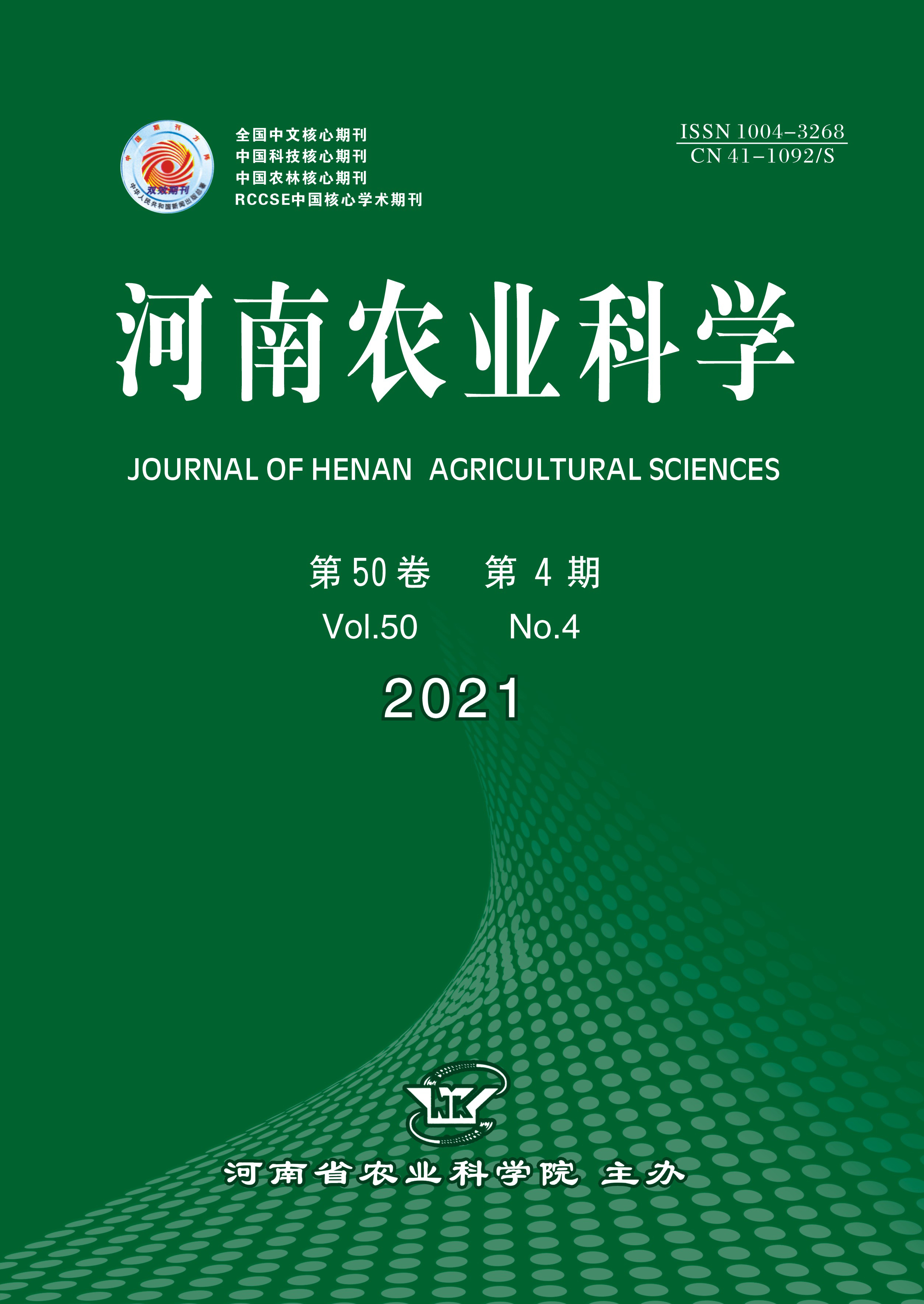-
Effects of Ridging Cultivation on Yield,Disease,Soil Microenvironment and Mechanized Harvesting of Carrot
- YI Zehui, WANG Shengwu, JIANG Haofu, ZHAO Jing, LIU Zhao, MAO Liping
-
2021, 50(4):
124-130.
DOI: 10.15933/j.cnki.1004-3268.2021.04.016
-
 Asbtract
(
)
Asbtract
(
)
 PDF (1737KB)
(
)
PDF (1737KB)
(
)
-
Related Articles |
Metrics
In order to improve the benefit of carrot cultivation,Hongying No.2 was used as experimental material,and two treatments of flat cultivation and ridging cultivation were set up to analyze the effects of ridging cultivation on yield,benefit,irrigation water utilization ratio,irrigation water economic benefit,disease,soil micro-environment and mechanized harvesting of carrot.The results showed that ridging cultivation could obviously promote the growth of carrot plants.Compared with the flat cultivation,the total yield,first-grade yield,irrigation water utilization ratio and irrigation water economic benefit of ridging cultivation were significantly improved by 12.72%, 55.75%, 12.70% and 23.69% (P<0.05),respectively, and the increase in income reached 20 873.3 Yuan/ha.Ridging cultivation could significantly reduce the occurrence of carrot diseases, and the total incidence rate was significantly reduced by 15.18 percentage points compared with flat cultivation.The microenvironment of rhizosphere soil could be improved by ridging cultivation model.The soil water content,total nitrogen content, total phosphorus content, invertase activity, urease activity and phosphatase activity were significantly increased by 8.82%,48.72%,15.09%,69.67%,29.57% and 58.62% (P<0.05);theamount of soil microorganisms increased significantly by 5.65 times and the value of bacteria/ fungi and actinomycetes/fungi were increased significantly by 66.67% and 185.71%,respectively(P<0.05);soil bulk density and organic matter content of carrot rhizosphere soil were significantly reduced by 10.37%and 13.13%, respectively (P<0.05).Ridging cultivation was more suitable than flat cultivatiom for mechanized harvesting of carrots. Compared with the flat cultivation,the harvest rate of ridging cultivation was significantly increased by 13.89%,and the rate of damaged carrot due to mechanized harvesting was significantly reduced by 0.87 percentage points(P<0.05). In summary,ridging cultivation could improve soil micro-ecological environment,increase carrot yield,commercialization,irrigation water utilization rate and reduce disease occurrence, which should be widely promoted as a high-yield, high-quality, highefficiency and mechanized cultivation model of carrot.
